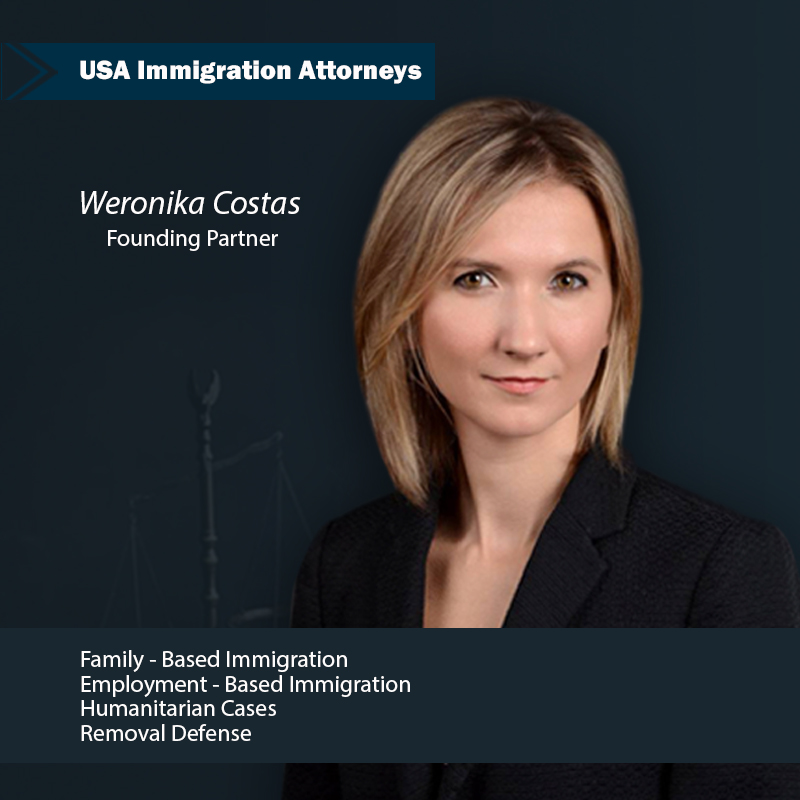Introduction
Family plays a vital role in the lives of individuals, and being separated from siblings can be emotionally challenging. However, the U.S. immigration system recognizes the importance of family unity and offers options for siblings to reunite through family-based immigration. In this comprehensive blog post, we will delve into the process, requirements, and key considerations of sibling visas. Whether you are a U.S. citizen seeking to bring your sibling to the United States or a sibling looking to join your brother or sister, this guide will provide valuable insights to help you navigate the sibling visa journey.
Understanding Sibling Visas
Sibling visas fall under the Family Fourth Preference (F4) category of family-based immigration. This category is specifically designed for U.S. citizens who want to sponsor their siblings for permanent residency in the United States.
To be eligible for a sibling visa, the petitioner (U.S. citizen) must meet certain criteria, and the sibling (beneficiary) must fulfill specific requirements.
Eligibility and Requirements
Petitioner (U.S. Citizen) Eligibility:
To sponsor a sibling for a visa, the petitioner must be at least 21 years old and a U.S. citizen. Permanent residents (green card holders) are not eligible to file for sibling visas.
Sibling (Beneficiary) Requirements:
Although there are many different definitions of “family,” there are legal perimeters that United States Citizenship and Immigration Services (USCIS) requires for sibling based green cards:
What Counts as a Sibling for a Sibling Green Card?
- A brother or sister with whom you share biological parents
- A half-sibling with whom you share either a mother or a father
- A step-sibling from a parent’s marriage to another person with children
- An adopted sibling, so long as they were adopted by your family before the age of 16
They must be admissible to the United States, which means they cannot have certain grounds of inadmissibility, such as criminal convictions or immigration violations.
The Application Process
Filing the Form I-130:
The first step in the sibling visa process is for the U.S. citizen petitioner to file Form I-130, Petition for Alien Relative, with U.S. Citizenship and Immigration Services (USCIS). This form establishes the familial relationship between the petitioner and the sibling beneficiary.
Required Evidence for Sibling Green Card
Along with your Form I-130, there are other requirements USCIS will need to be eligible for a sibling green card.
The required documents to submit for your green card for siblings includes:
- A copy of your birth certificate
- A copy of your sibling’s birth certificate
The birth certificates need to show that you and your sibling share one, if not both, biological parents.
If you are related to your sibling via adoption, you must also submit documentation that supports that. To qualify, your sibling must have been adopted before they were 16 years old.
In addition to the above, another document you will need to submit is one that shows that you, the petitioner, is a U.S. citizen.
Acceptable documents include copies of your:
- U.S. birth certificate
- U.S. passport
- Naturalization certificate
- Certificate of citizenship
- Consular report of birth abroad
In addition to these requirements, you should consult with an immigration attorney to see if any other evidence is needed.
Visa Availability and Priority Date:
Sibling visas are subject to numerical limitations, and there is often a significant waiting period due to visa backlogs. The priority date, which is the date the Form I-130 is filed, determines the place in line for visa availability. It is important to understand the visa bulletin and track the progress of the priority date.
Consular Processing:
Once the priority date becomes current, the case will be transferred to the National Visa Center (NVC) for further processing. The NVC will provide instructions and request supporting documents. After document submission and completion of the necessary processing steps, the sibling beneficiary will attend an interview at the U.S. embassy or consulate in their home country.
Challenges and Considerations
Visa Backlogs and Waiting Periods:
Sibling visas face significant waiting periods due to limited visa numbers. The backlog can vary based on factors such as the petitioner’s country of origin and the number of available visas each year. It is crucial to stay informed about the visa bulletin and manage expectations regarding the timeline.
Financial Support and Affidavit of Support:
As the petitioner, you will need to demonstrate that you can financially support your sibling and prevent them from becoming a public charge. You will be required to submit an Affidavit of Support, which includes information about your income, assets, and household size.
Alternatives and Additional Options
Derivative Benefits:
In some cases, derivative benefits may be available to the sibling’s spouse and unmarried children under the age of 21. This means they can accompany or follow-to-join the sibling beneficiary and be included in the sibling visa application.
Exploring Other Immigration Paths:
If the waiting period for sibling visas is excessively long or impractical, it may be worth considering alternative immigration paths. These could include employment-based immigration, investment-based immigration, or exploring eligibility for other family-based categories if applicable.
Seeking Legal Guidance
Importance of Legal Assistance:
Navigating the sibling visa process can be complex, and any missteps can result in delays or potential denials. Seeking the guidance of an experienced immigration attorney specializing in family-based immigration is highly recommended. They can provide personalized advice, guide you through the application process, and help address any challenges that may arise.
Preparing a Strong Application:
An immigration attorney can help ensure that all required documentation is properly prepared, including the Form I-130, supporting evidence, and the Affidavit of Support. They can also provide valuable insight into interview preparation, addressing potential issues, and presenting a compelling case to the consular officer.
Conclusion
Reuniting with siblings through family-based immigration is a complex process. At Costas Network, we can help you take advantage of the opportunity for cherished family bonds to be reestablished in the United States.
By understanding the eligibility requirements, navigating the application process, and professional legal guidance from one of our experienced attorneys at Costas Network, you can increase the chances of a successful sibling visa application.
Remember that due to visa backlogs, waiting times can be very long so at Costas Network, we can help explore your specific case and see if there are better alternatives if necessary.
With careful planning and the assistance of our experienced immigration attorneys at Costas Network, you can embark on the journey of bringing your sibling to the United States and reuniting your family.



